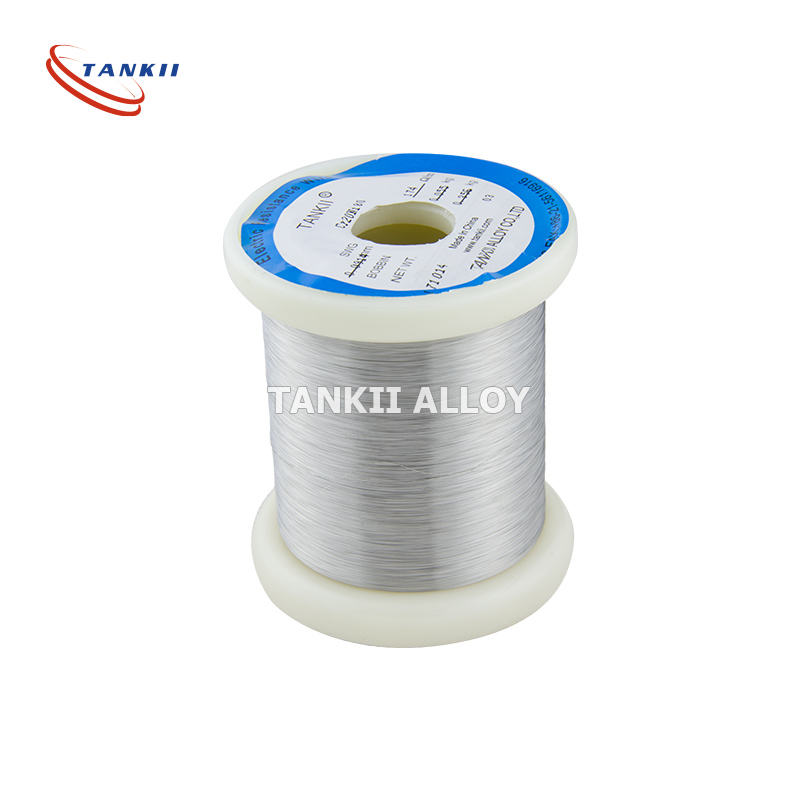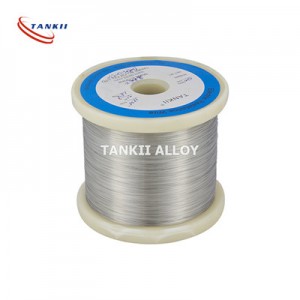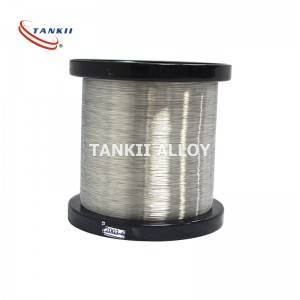99.9% Type N6 (Ni200) N4 (Ni201) Pure Nickel Wire for industry
Chemical composition and mechanical properties
| Product | Chemical Composition/% | Density (g/cm3) | Melting point (ºC) |
Resistivity (μΩ.cm) |
Tensile Strength (Mpa) |
||||||||||||
| Ni+Co | Cu | Si | Mn | C | S | Fe | P | ||||||||||
| N4(Ni201) | >99 | <0.25 | <0.35 | <0.35 | <0.02 | <0.01 | <0.4 | 0.015 | 8.89 | 1435-1446 | 8.5 | ≥350 | |||||
| N6(Ni200) | ≥99.5 | <0.25 | <0.35 | <0.35 | <0.15 | <0.01 | <0.4 | - | 8.9 | 1435-1446 | 8.5 | ≥380 | |||||
production description:
Nickel hascription: high chemical stability and good corrosion resistance in many media. Its standard electrode position is -0.25V, which is positive than iron and negative than copper.Nickel exhibits good corrosion resistance in the absence of dissolved oxygen in dilute non-oxidized properties (e.g., HCU, H2SO4), especially in neutral and alkaline solutions.This is because nickel has the ability to passivate, forming a dense protective film on the surface, which prevents nickel from further oxidation.

Application:
It could be used to make electric heating element in low-voltage apparatus, such as thermal overload relay, low-voltage circuit breaker, and so on.And used in heat exchanger or condenser tubes in evaporators of desalination plants, process industry plants, air cooling zones of thermal power plants, high-pressure feed water heaters, and sea water piping in ships.













